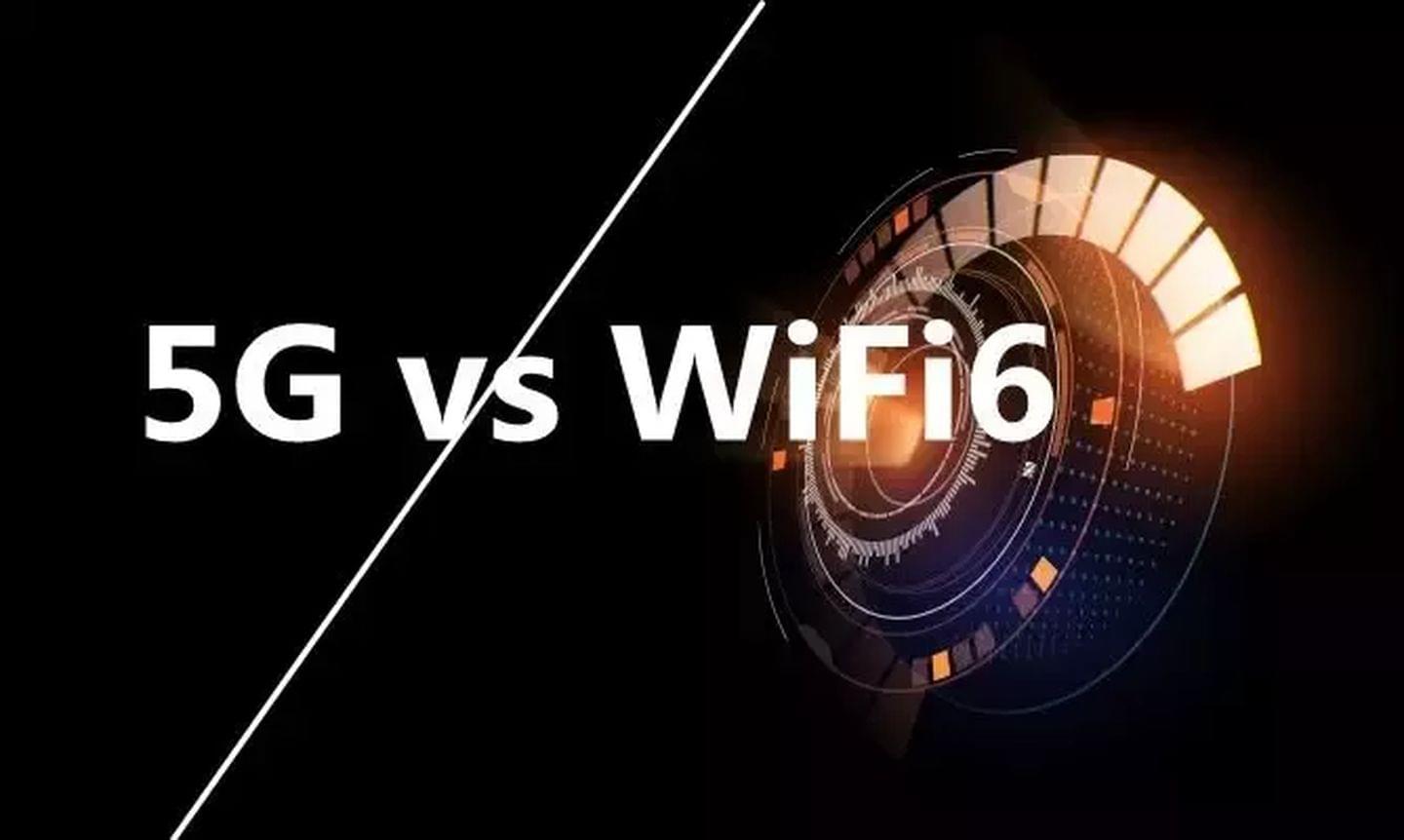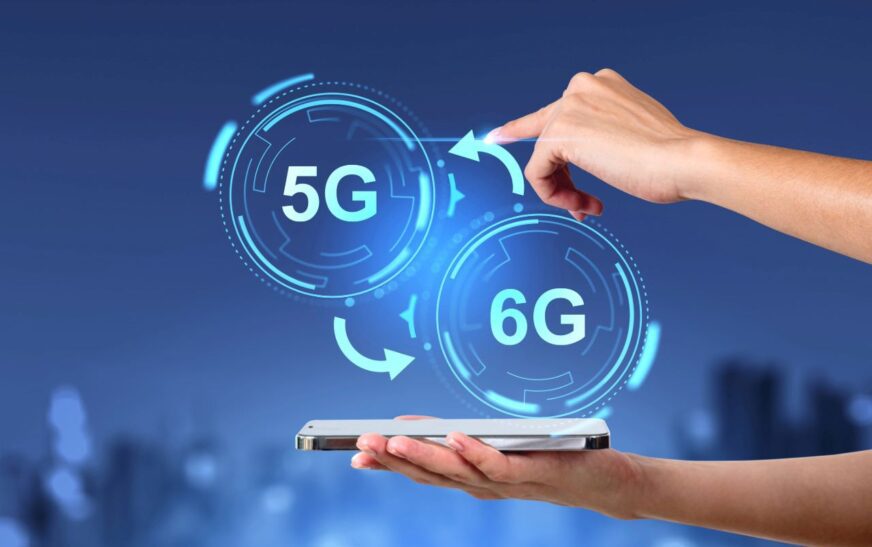As technology evolves, the way we connect to the Internet and communicate with devices is changing. Two of the most important advances in wireless technology are 5G and Wi-Fi 6 . While both are intended to improve connectivity, they serve different purposes and operate in different ways. This article will discuss the differences between 5G and Wi-Fi 6, their unique features, benefits, and potential applications.
1. About 5G

5G (5th generation wireless technology) is designed to provide higher speeds, lower latency, and higher capacity than its predecessor, 4G LTE. It works over cell tower networks and can cover large areas, making it ideal for mobile connectivity.
Key features of 5G
Speed: 5G provides theoretical download speeds of up to 10 Gbps, significantly faster than 4G.
Low latency: Latency is as low as 1 millisecond, essential for applications that require real-time response, such as gaming and remote surgery.
High capacity: 5G networks can support a huge number of connected devices simultaneously, making them suitable for urban environments and IoT applications.
2. About Wi-Fi 6

Wi-Fi 6, also known as 802.11ax, is the latest standard for wireless local area networks (WLANs). It is specifically designed to improve the performance of Wi-Fi networks in crowded environments with many connected devices, such as homes, offices, and public spaces.
Key Features of Wi-Fi 6
Increased Speed: Wi-Fi 6 can deliver speeds of up to 9.6 Gbps, nearly three times faster than Wi-Fi 5 (802.11ac).
Increased efficiency: Wi-Fi 6 employs a technology called Orthogonal Frequency Division Multiple Access (OFDMA), which allows multiple devices to share the same channel, reducing congestion and improving overall network efficiency.
Extended range: Enhanced communication range and coverage allows users to maintain a strong connection even when they are far away from the router.
3. comparative analysis: 5G vs. Wi-Fi 6

3.1. coverage and range
5G: Relies on cell tower networks and provides extensive coverage from urban to rural areas. Can provide widespread Internet access to mobile devices.
Wi-Fi 6: Limited to the range of wireless routers. Designed for local area networks typically used in homes, offices, and public spaces.
3.2. speed and latency
5G: Ultra-high speed and low latency, ideal for applications that require immediate response, such as virtual reality (VR) and augmented reality (AR).
Wi-Fi 6: Also offers high speeds, but is focused on improving performance in higher density environments, and latency is lower than traditional Wi-Fi standards, but generally longer than 5G.
3.3. device capacity
5G: Can support a huge number of connected devices over a wide area, making it suitable for IoT applications and smart cities.
Wi-Fi 6: Designed specifically to handle multiple devices in congested areas, ideal for homes with large numbers of smart devices.
3.4. Infrastructure Requirements
5G: Requires infrastructure investment by cell tower networks and mobile carriers, which takes time and significant capital to deploy.
Wi-Fi 6: Requires new routers and devices that support the Wi-Fi 6 standard, but can be installed relatively easily in existing locations.
4. 5G and Wi-Fi 6 Use Cases
4.1 5G Use Cases
Smart cities: Real-time data collection and communication to enhance traffic management, public safety, and public services.
Autonomous vehicles: Enable communication between vehicles and infrastructure for safer and more efficient transportation.
Telemedicine: Support telemedicine applications with low latency connectivity for real-time patient monitoring and remote consultation.
4.2. Wi-Fi 6 Use Cases
Home networking: Ideal for homes with multiple smart devices, providing fast and reliable Internet access throughout the home. Offices Increase productivity in workspaces with high device usage densities and ensure stable connections for videoconferencing and collaboration tools.
Public Spaces Improve the Wi-Fi experience in cafes, airports, and stadiums where many users connect simultaneously.
5. Conclusion
Both 5G and Wi-Fi 6 are innovative technologies that significantly improve connectivity, but they address different needs. 5G is suitable for mobile connectivity over large areas, offering unmatched speed and low latency. Wi-Fi 6, on the other hand, excels at providing robust wireless connectivity, especially in localized environments where multiple devices are connected simultaneously.
As both technologies continue to evolve, they are likely to complement each other and enable a seamless user experience across a variety of applications. Understanding the differences and advantages of both technologies will help consumers and businesses make informed decisions about their connectivity needs in an increasingly digital world. The future of connectivity lies in leveraging the best of both worlds, optimizing the efficiency and performance of Wi-Fi 6 networks while maximizing the benefits of 5G.










